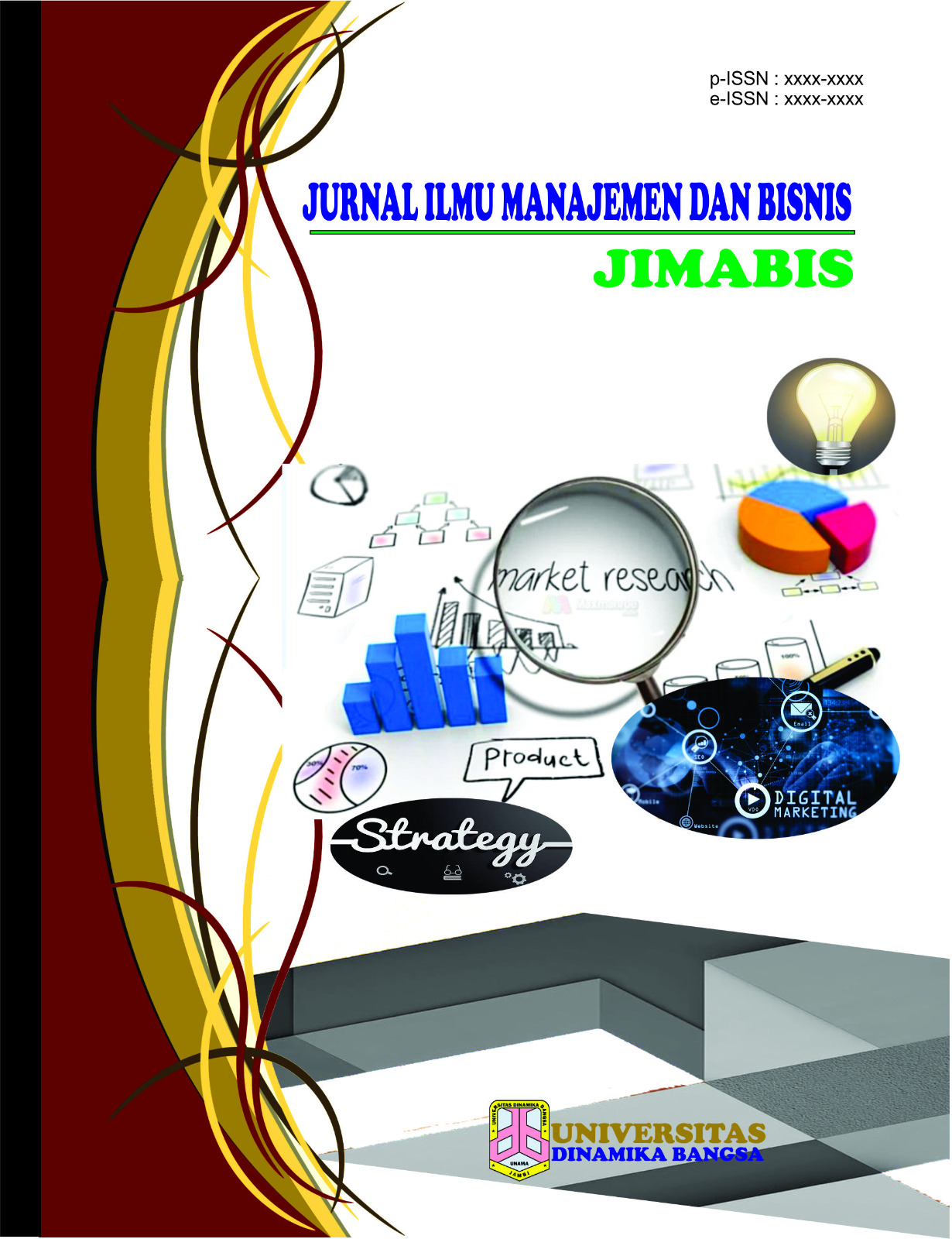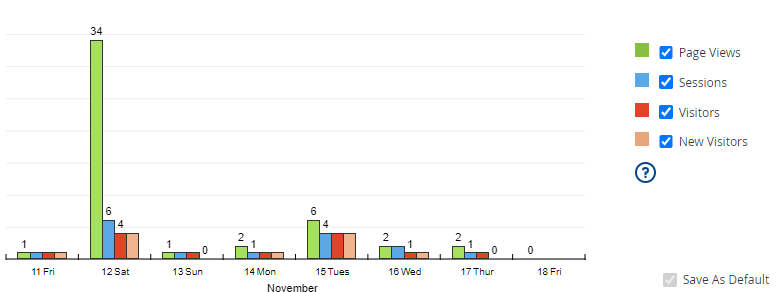Komparasi Algoritma Naïve Bayes Dan Support Vector Machine (SVM) Pada Analisis Sentimen Kebijakan Kemdikbudristek Mengenai Kuota Internet Selama Covid-19
DOI:
https://doi.org/10.33998/processor.2023.18.2.897Keywords:
Sentiment analysis, Naïve Bayes, Support Vector Machine (SVM)Abstract
Sentiment analysis is an activity that is used to analyze public opinion about an incident such as the Ministry of Education and Culture's internet assistance quota during the Covid-19 pandemic through one of the Twitter social media. Twitter is a microblogging platform that is used to write an opinion or opinion about an event that can be used as a source of data used. The Naïve Bayes method and Support Vector Machine (SVM) are methods with a Machine Learning approach that can be used to perform sentiment analysis on Kemdikbudristek policies regarding MoEC Quotas in the process of classifying a tweet based on its emotional level and knowing the accuracy comparison between the Naïve Bayes method and the Support Vector Machine ( SVM). The results of the sentiment analysis process using the Naïve Bayes Algorithm and Support Vector Machine (SVM) based on public opinion, in this case Twitter users regarding the Ministry of Education and Culture Quota policies, resulted in a higher level of accuracy for the Support Vector Machine (SVM) than Naïve Bayes with an accuracy of 80%, for an average -the average precision value is 80.3%, recall is 80.3% and f1-score is 80.3%.
Downloads
References
R. Talib, M. Kashif, S. Ayesha, and F. Fatima, “Text Mining: Techniques, Applications and Issues,” Int. J. Adv. Comput. Sci. Appl., vol. 7, no. 11, pp. 414–419, 2016, doi: 10.14569/IJACSA.2016.071153.
W. Medhat, A. Hassan, and H. Korashy, “Sentiment analysis algorithms and applications: A survey,” Ain Shams Eng. J., 2014, doi: 10.1016/j.asej.2014.04.011.
S. VijayGaikwad, A. Chaugule, and P. Patil, “Text Mining Methods and Techniques,” Int. J. Comput. Appl., vol. 85, no. 17, pp. 42–45, Jan. 2014, doi: 10.5120/14937-3507.
S. Xu, “Bayesian Naïve Bayes classifiers to text classification,” J. Inf. Sci., 2018, doi: 10.1177/0165551516677946.
S. Sulova, “USING TEXT MINING TO CLASSIFY RESEARCH PAPERS,” in International Multidisciplinary Scientific GeoConference Surveying Geology and Mining Ecology Management, SGEM, Jun. 2017, vol. 17, no. 21, pp. 647–654. doi: 10.5593/sgem2017/21/S07.083.
M. D. Alizah, A. Nugroho, U. Radiyah, and W. Gata, “Sentimen Analisis Terkait ‘Lockdown’ pada Sosial Media Twitter,” CSRID (Computer Sci. Res. Its Dev. Journal), 2021, doi: 10.22303/csrid.12.3.2020.143-149.
M. I. Fikri, T. S. Sabrila, and Y. Azhar, “Perbandingan Metode Naïve Bayes dan Support Vector Machine pada Analisis Sentimen Twitter,” SMATIKA J., vol. 10, no. 02, pp. 71–76, Dec. 2020, doi: 10.32664/smatika.v10i02.455.
B. Liu, “Sentiment analysis and opinion mining,” Synth. Lect. Hum. Lang. Technol., 2012, doi: 10.2200/S00416ED1V01Y201204HLT016.
M. Kaya, G. Fidan, and I. H. Toroslu, “Sentiment analysis of Turkish political news,” in Proceedings - 2012 IEEE/WIC/ACM International Conference on Web Intelligence, WI 2012, 2012. doi: 10.1109/WI-IAT.2012.115.
S. L. Ting, W. H. Ip, and A. H. C. Tsang, “Is Naïve bayes a good classifier for document classification?,” Int. J. Softw. Eng. its Appl., vol. 5, no. 3, pp. 37–46, 2011.
K. T. Wahyuni, I. M. O. Widyantara, and N. D. Wirastuti, “Deteksi Tipe Modulasi Digital Pada Automatic Modulation Recognition Menggunakan Support Vector Machine dan Conjugate Gradient Polak Ribiere-Backpropagation,” Maj. Ilm. Teknol. Elektro, vol. 18, no. 2, Aug. 2019, doi: 10.24843/MITE.2019.v18i02.P18.
F. Rahutomo, I. F. Rozi, and H. Setiyono, “Implementasi Support Vector Machine pada Analisa Sentimen Twitter Berdasarkan Waktu,” J. TAM (Technology Accept. Model., vol. 10, pp. 83–88, 2019.
R. Mohammed, J. Rawashdeh, and M. Abdullah, “Machine Learning with Oversampling and Undersampling Techniques: Overview Study and Experimental Results,” in 2020 11th International Conference on Information and Communication Systems (ICICS), Apr. 2020, pp. 243–248. doi: 10.1109/ICICS49469.2020.239556.
S. M. Abd Elrahman and A. Abraham, “A Review of Class Imbalance Problem,” J. Netw. Innov. Comput., vol. 1, pp. 332–340, 2013, [Online]. Available: www.mirlabs.net/jnic/index.html
S. Qaiser and R. Ali, “Text Mining: Use of TF-IDF to Examine the Relevance of Words to Documents,” Int. J. Comput. Appl., 2018, doi: 10.5120/ijca2018917395.
B. R. Aditya, “Penggunaan Web Crawler Untuk Menghimpun Tweets dengan Metode Pre-Processing Text Mining,” J. INFOTEL - Inform. Telekomun. Elektron., vol. 7, no. 2, p. 93, Nov. 2015, doi: 10.20895/infotel.v7i2.35.
M. Straka and J. Straková, “Tokenizing, POS tagging, lemmatizing and parsing UD 2.0 with UDPipe,” in CoNLL 2017 - SIGNLL Conference on Computational Natural Language Learning, Proceedings of the CoNLL 2017 Shared Task: Multilingual Parsing from Raw Text to Universal Dependencies, 2017. doi: 10.18653/v1/k17-3009.
D. S. Maylawati, W. B. Zulfikar, C. Slamet, M. A. Ramdhani, and Y. A. Gerhana, “An Improved of Stemming Algorithm for Mining Indonesian Text with Slang on Social Media,” in 2018 6th International Conference on Cyber and IT Service Management (CITSM), Aug. 2018, pp. 1–6. doi: 10.1109/CITSM.2018.8674054.
S. Y. Ying, P. Keikhosrokiani, and M. P. Asl, “Opinion Mining on Viet Thanh Nguyen’s The Sympathizer Using Topic Modelling and Sentiment Analysis,” J. Inf. Technol. Manag., vol. 14, pp. 163–183, 2022, doi: 10.22059/jitm.2022.84895.























